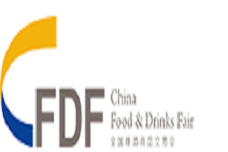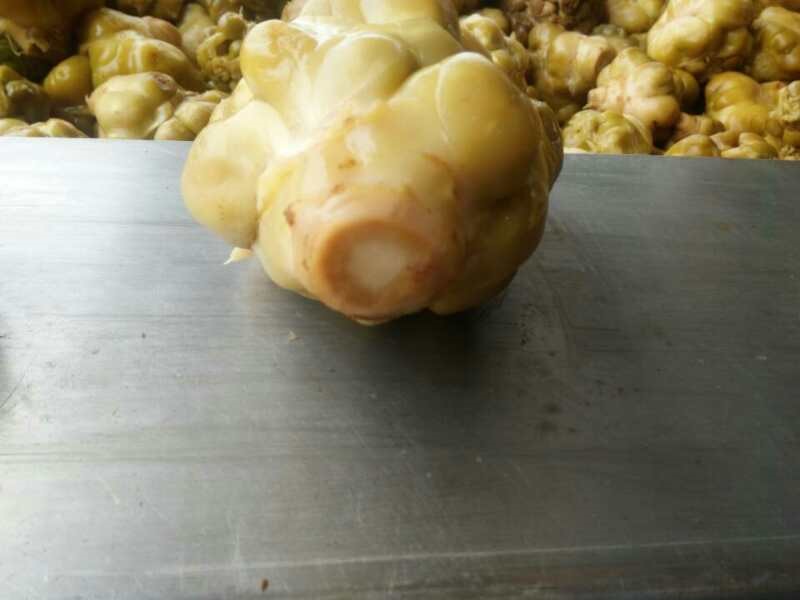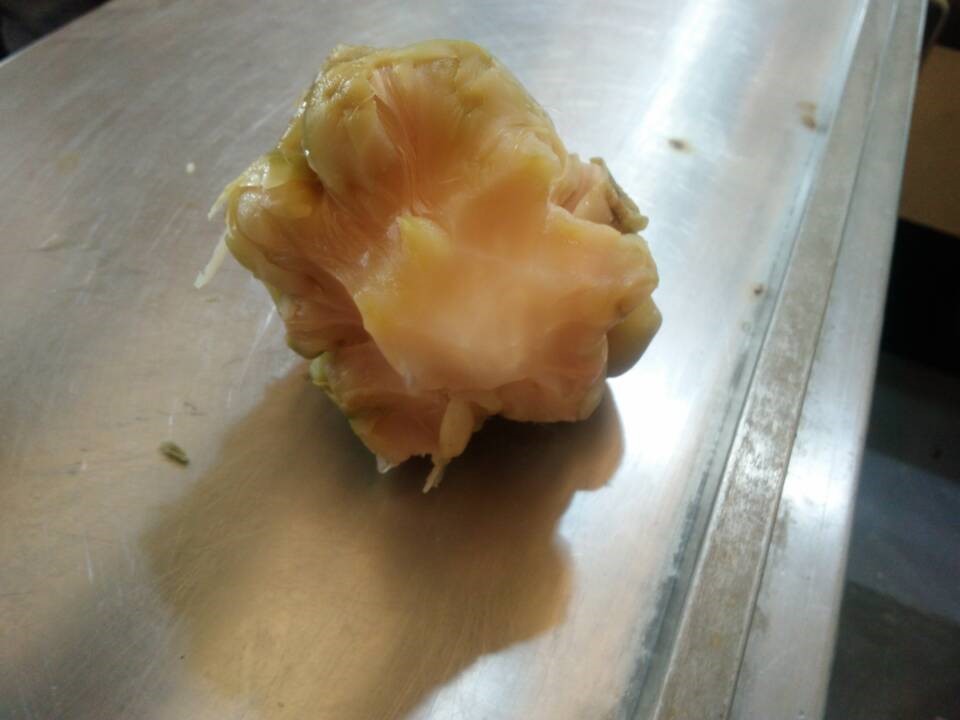THE China Food & Drinks Fair (CFDF) is seeking automated solutions to improve the production of preserved and pickled vegetables. According to major brands in China, one of the most difficult tasks in the process is removing the skin and fiber from fruits and vegetables.

Thorough investigations in the western China market by the FMPM zone (International Food Machinery and Packaging Machinery Exhibition Zone) show that labor costs continue to increase because of urbanization and the transfer of rural surplus labor to non-agricultural industries in China. These impact the deep-processing industry for vegetable products, prompting manufacturers to develop mechanized production to improve labor productivity.
Production hubs
Fuling District in the Chongqing Municipality is a production hub for preserved vegetables in China. In 2016, Fuling made a gross output value of RMB 8.5 billion in preserved vegetables; the district is expected to achieve RMB 10 billion in gross output value and RMB 2 billion in industry profit and tax in 2020, as well as RMB 13 billion and RMB 2.5 billion respectively in 2025.
Meishan City in the Sichuan Province is a major production area for pickled vegetables. In 2014, the city’s food industry recorded a sales revenue of RMB 47.2 billion, with pickled vegetables accounting for RMB 12.2 billion. In 2015, the output of pickled vegetables in Sichuan reached 3.3 million tons, or about 70% of the output nationwide. The output value across the province grew to RMB 27 billion, with Meishan’s pickled vegetables contributing a sales revenue of RMB 13.6 billion.
The process
The production process of preserved vegetables mainly includes fiber and skin removal, cleaning, slicing, dewatering, desalting, seasoning, pickling, weighing, bagging, sterilizing, cooling, etc. In fiber and skin removal, the crude fiber on the surface of the stem mustard which grows at the root and extends to the cortex of the first layer of knob, is removed. Compared to the flesh, the crude fiber of the stem mustard has greater capacity to bear longitudinal pulling force, so the fiber and skin are always separated from the flesh by tearing off the skin, thus removing the crude fiber. But the existing technology is unable to separate the fiber and skin from the flesh of the stem mustard completely.
In June 2017, the market research team of CFDF, FMPM zone conducted in-depth analysis of the industry in many Sichuan- and Chongqing-based leading preserved and pickled vegetables manufacturers, including Chengdu Wenjiang Industrial Park, Shuangliu Industrial Park, Meishan (Hometown of Pickled Vegetables), Pixian County (Sichuan Cuisine Industrial Zone) and Chongqing Lidu Industrial Park. They looked into the development trends, the current state and trend of food factories in these areas, and further discussed the upgrading requirements proposed by the factories through the platform of the CFDF, including R&D, technology, production, package and integration, and finally put the discussion results into practices.


Fiber and skin removal technology is still a technical problem among China's producers of preserved and pickled vegetables
Several field researches after, the team learned that the fiber and skin removal technology for preserved vegetables remains the most difficult technical problem for leading brands in the preserved and pickled vegetables industry, like Chuannan Brewing, Jixiangju, Weijute, Liji, Wujiang, and Yuquan. The industry has to address this urgent technical problem as a whole.
Fiber and skin removal has always been dependent on manual work. A worker could handle 800-1,000 kilograms of steam mustard in 10 hours per day. Most workers are middle-aged and elderly people; recruiting young people is difficult for this labor-intensive job.
According to incomplete statistics, every factory has 100-500 workers on average engaged in removing fiber and skin in vegetabls. The corresponding uncertain factors, such as high labor cost, labor shortage, weak stability and low work efficiency, have become the obstacles restricting the development of enterprises and industry. Since 2013, industry representatives have repeatedly sought help and recommendations from FMPM in the hopes of finding professional research institutes and supplier partners who can carry out research and development, discussion, experiment and collaboration together to find out a solution for mechanized removal of fiber and skin of preserved and pickled vegetables. In doing so, the pain spot of the industry can be eliminated and the mechanized removal of fiber and skin can be realized.
Entrusted by the above leading enterprises of preserved and pickled vegetables industry, the platform of CFDF calls on mechanized and automatic processing equipment experts and industry research experts to jointly discuss solutions to the technical difficulties in processing preserved vegetables, pickled vegetables, and fruits and vegetables. In addition, manufacturers of preserved and pickled vegetables are also interested in the back-end automatic equipment and technology applied for measuring, bagging and casing.
This year, the CFDF will be held at the Chongqing International Expo Center on 19-21 October 2017.
If you are willing to cooperate with the CFCF, please contact the organizing committee:
Mr. Ding: T: +86 10 88364697 Email: 233358643@qq.com
Mr. Li: T: +86 10 68317174 Email: 1368223861@qq.com
International Machinery Area: Ms. Zhao: T: +86 10 60908291 Email: niko.zhao@masterexpo.cn
sneakers













